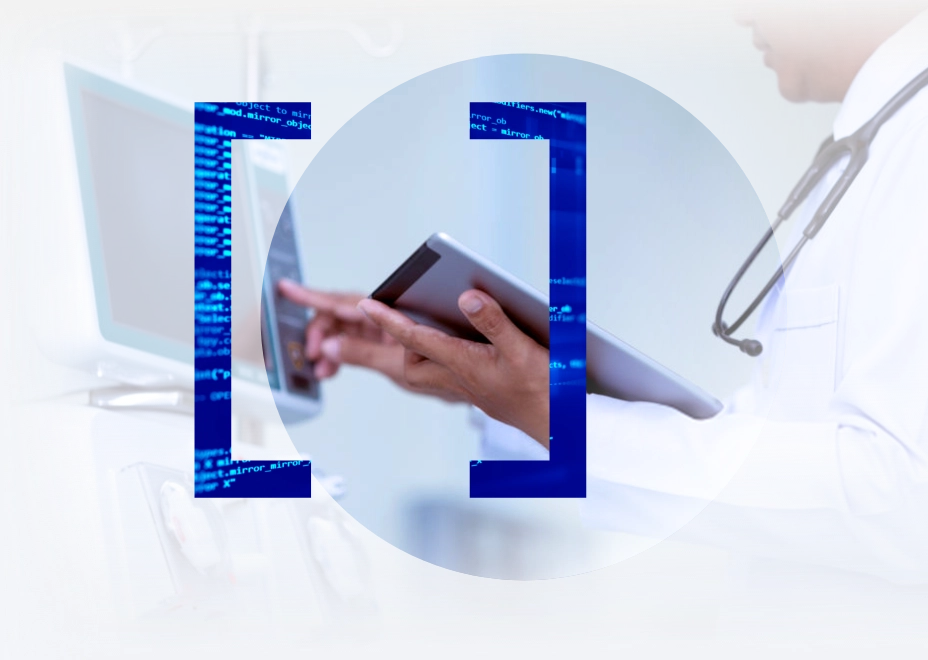Medical Device Manufacturer Must Do’s for Cybersecurity
Harbor Labs Director of Medical Security Dr. Mike Rushanan provides a comprehensive outline of the cybersecurity must-do’s necessary to meet regulatory approval. Based on years of experience working with the FDA and other regulatory bodies, Dr. Rushanan’s blog provides insights into the common pitfalls that can disqualify or delay regulatory approvals.
Why FDA Rejects the Cybersecurity Content of Regulatory Submissions
Harbor Labs Chief Scientist Dr. Avi Rubin identifies some of the most common reasons why the FDA rejects the cybersecurity content of regulatory submissions.
Regulatory Science Meets Cyber Science; Why It’s So Much More than a Pen Test
HarborLabs CEO Nick Yuran distinguishes cybersecurity from cyberscience, and explains why understanding the shared scientific disciplines of regulators and security professionals are important in achieving positive regulatory outcomes.
Medical Device Manufacturer Must Do’s for Cybersecurity
Harbor Labs Director of Medical Security Dr. Mike Rushanan provides a comprehensive outline of the cybersecurity must-do’s necessary to meet regulatory approval. Based on years of experience working with the FDA and other regulatory bodies, Dr. Rushanan’s blog provides insights into the common pitfalls that can disqualify or delay regulatory approvals.
Best Practices for Ensuring Cybersecure and Cybersafe Medical Device Design
This white paper addresses best practices for ensuring cybersecure and cybersafe medical device design to mitigate the risk of compromise or misuse.
Automatic External Defibrillator
As part of our Medical Device Security services, HarborLabs assisted a leading manufacturer to help resolve a security issue that was impeding regulatory approvals and corporate business objectives. Learn more about this case and our services.
Surgical Robot System
As part of our Medical Device Security services, HarborLabs was contracted by a manufacturer of a specialized surgical robotics system to conduct a pre-market cyberthreat analysis in support of their 510(k) submission. Learn more about this case and our services.
Home Renal Dialysis System
As part of our Medical Device Security services, a major manufacturer of kidney dialysis systems engaged with HarborLabs to extend the functionality of their line of portable dialysis machines. Learn more about this case and our services.
Medical Systems and Third-Party Smart Devices
As more medical devices leverage phones and other consumer devices, are they introducing more risk to patients? We’ll go inside a conceptual hack and explore the impact of the crossover between unregulated third-party devices and smart medical devices.
Why Harbor Labs Supports The CVSS 3.0 Standard For Medical Device Security
The common vulnerability scoring system is a valuable tool, but how strictly should medical organizations rely on it? When assessing medical and healthcare technology, does it bring enough information, or does it fall short?
Why FDA Rejects the Cybersecurity Content of Regulatory Submissions
Harbor Labs Chief Scientist Dr. Avi Rubin identifies some of the most common reasons why the FDA rejects the cybersecurity content of regulatory submissions.
Regulatory Science Meets Cyber Science; Why It’s So Much More than a Pen Test
HarborLabs CEO Nick Yuran distinguishes cybersecurity from cyberscience, and explains why understanding the shared scientific disciplines of regulators and security professionals are important in achieving positive regulatory outcomes.
Medical Device Manufacturer Must Do’s for Cybersecurity
Harbor Labs Director of Medical Security Dr. Mike Rushanan provides a comprehensive outline of the cybersecurity must-do’s necessary to meet regulatory approval. Based on years of experience working with the FDA and other regulatory bodies, Dr. Rushanan’s blog provides insights into the common pitfalls that can disqualify or delay regulatory approvals.
Best Practices for Ensuring Cybersecure and Cybersafe Medical Device Design
This white paper addresses best practices for ensuring cybersecure and cybersafe medical device design to mitigate the risk of compromise or misuse.








